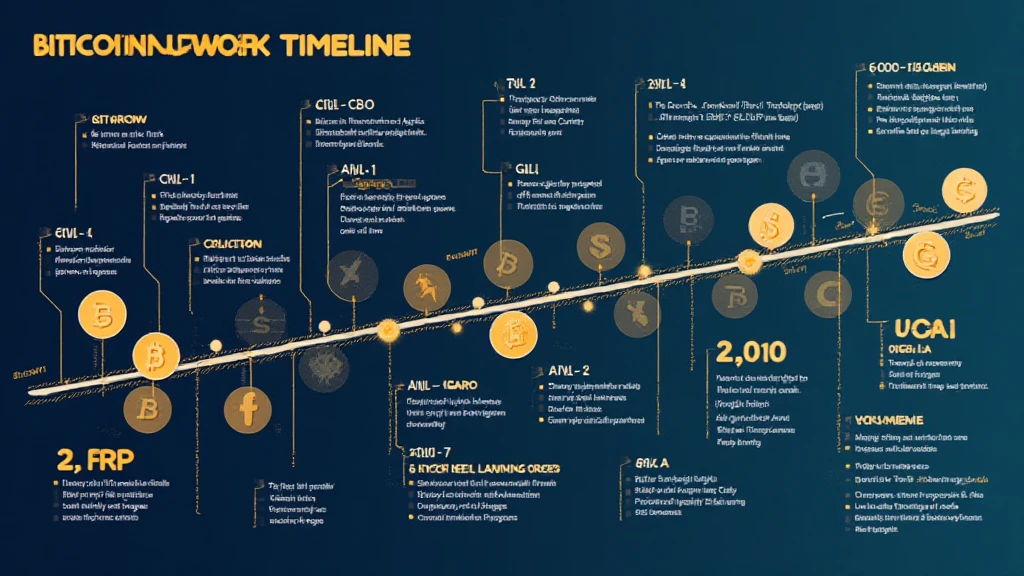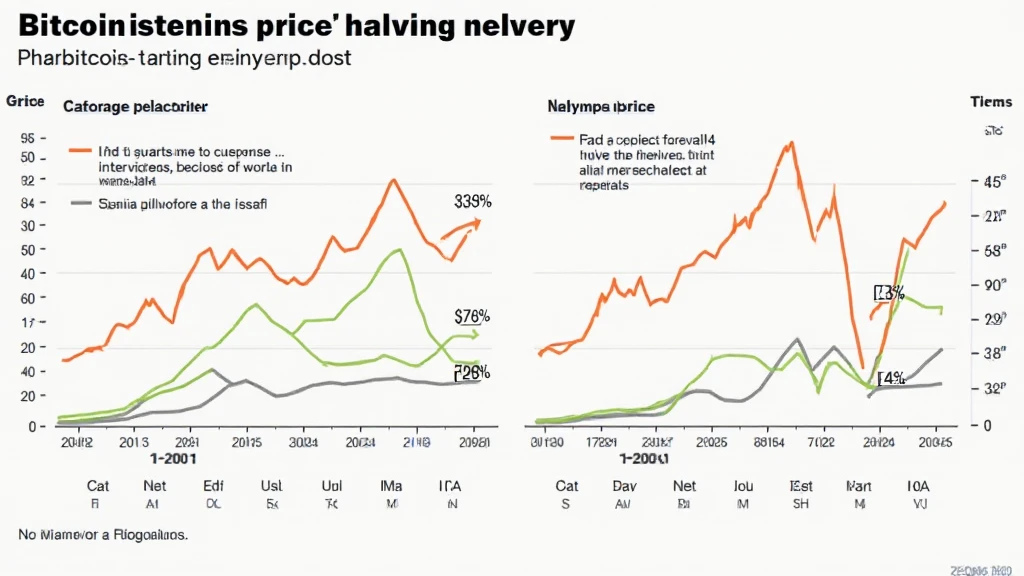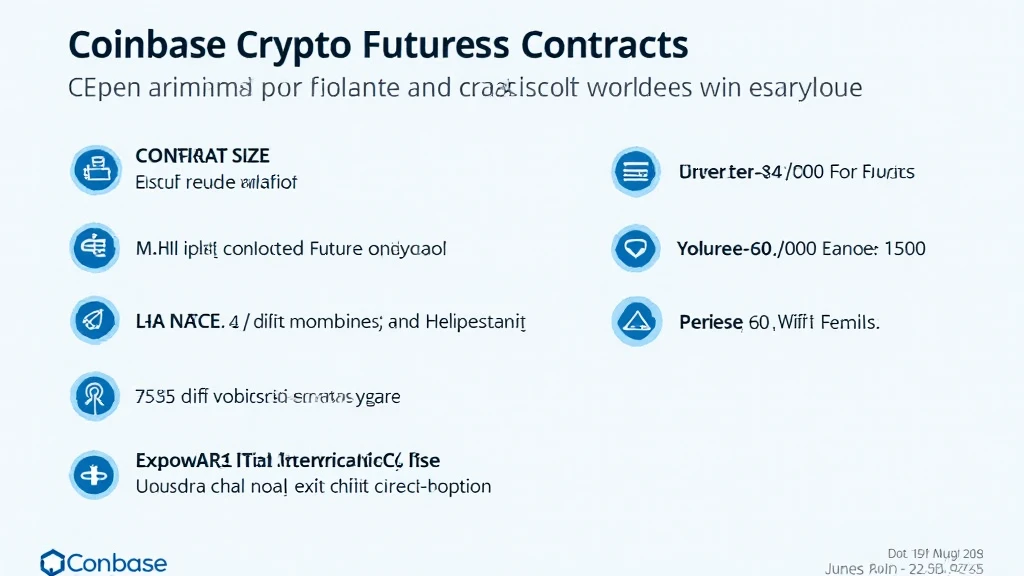Bitcoin Network Upgrade Timeline: Understanding the Evolution
With over $600 billion in Bitcoin market capitalization as of 2023, understanding the Bitcoin network upgrade timeline is crucial for Bitcoin investors and enthusiasts alike. As Bitcoin continues to grow as a digital asset, its underlying technology must evolve to accommodate increasing demands from users and market participants. This article will delve deep into the Bitcoin network upgrade timeline, highlighting significant past upgrades, their impacts, and what to expect in future developments.
1. A Brief History of Bitcoin Upgrades
Bitcoin was introduced in 2009 by an unknown person or group using the pseudonym Satoshi Nakamoto. The purpose was clear: create a decentralized digital currency that would operate independently of traditional banking systems. However, from its inception, Bitcoin has undergone various upgrades, known as forks, which have aimed to optimize its functionality and security.
- 2010: The First Hard Fork – The first significant upgrade occurred in August 2010, addressing a security vulnerability in the Bitcoin protocol.
- 2017: Segregated Witness (SegWit) – Implemented to increase transaction capacity and reduce the fees, introducing the concept of layer two protocols.
- 2021: Taproot – This upgrade improved privacy and made complex transactions cheaper.
2. Why Are Bitcoin Upgrades Important?
Upgrades serve multiple purposes in the Bitcoin ecosystem, such as improving security, increasing transaction speeds, and enabling new functionalities. Take, for instance, upgrading the scalability of the network. As Bitcoin adoption rises, the infrastructure must support more transactions without leading to slow confirmations or exorbitant fees.

2.1 Security Improvements
Security is paramount in blockchain technology. Each upgrade aims to mitigate vulnerabilities, bringing enhancements that prevent exploitation. For instance, SegWit addressed critical transaction malleability issues, significantly bolstering the security of multi-signature wallets.
2.2 Enhancing Scalability
Scalability improvements are often a primary focus during upgrades. Bitcoin’s growth in user adoption necessitates innovations that allow it to process transactions swiftly without congesting the network. Measures such as the Lightning Network, an auxiliary protocol built on Bitcoin, illustrate how scalability can be achieved with upgrades.
3. Key Upgrades in Bitcoin’s History
This section focuses on significant events in the Bitcoin network upgrade timeline. Each milestone has shaped how Bitcoin functions today and offers insights into future developments.
3.1 Block Size Debate and SegWit
The block size debate reached its pinnacle around 2017. While some proposed increasing the block size limit, others believed that optimizing existing infrastructure like SegWit was a better approach. SegWit ultimately won the day, allowing blocks to fit more transactions without changing the maximum block size.
3.2 Taproot Upgrade
Implemented in November 2021, Taproot was a significant leap, as it enhanced privacy and functionality in smart contracts. The upgrade allowed users to create more complex transactions, offering enhanced privacy by ensuring that all possible outcomes appear identical on the blockchain. This means that even complex transactions provide the same anonymity as standard transactions.
4. Future Upgrade Proposals and Roadmap
The future of Bitcoin upgrades appears bright, with various proposals to improve usability and efficiency. Let’s take a look at what is on the horizon:
4.1 Schnorr Signatures
Schnorr signatures could replace ECDSA signatures, improving transaction efficiency and privacy. This could pave the way for aggregating multiple signatures into one, reducing transaction size on the blockchain.
4.2 Further Optimizations with Layer Two Solutions
Layer two solutions, like the Lightning Network, are critical for Bitcoin’s scalability. Further developments can enhance transaction speed and minimize fees, making it feasible for everyday transactions.
5. Understanding the Importance of Compliance
As Bitcoin continues to integrate deeper into financial systems worldwide, compliance will also play a significant role. Governments, especially in regions like Vietnam, show growing interest in regulating cryptocurrencies. As per a 2023 report, crypto adoption in Vietnam has risen by 17%, highlighting the urgent need for compliance standards like tiêu chuẩn an ninh blockchain to protect users.
5.1 Legal frameworks and regulations
As countries create more structured regulatory environments, upgrades to Bitcoin’s technology may evolve alongside these legal changes to ensure adherence to regional laws.
Conclusion: What Lies Ahead for Bitcoin?
Understanding the Bitcoin network upgrade timeline helps enthusiasts and investors appreciate Bitcoin’s evolving nature. Each upgrade is a step toward a more secure, efficient, and user-friendly experience. As the landscape changes and grows, so too will the technological solutions surrounding Bitcoin.
For those eager to dive deeper into the world of cryptocurrency, hibt.com provides expansive resources and insights. As we look forward, the importance of continual upgrades in Bitcoin remains undeniable—the future is bright for digital currencies.
Author: Dr. Alexander Verhoef, Blockchain Analyst and Consultant, has published over 15 papers in the field and has led the audit of notable blockchain projects.





